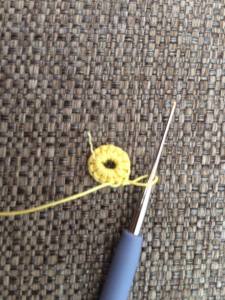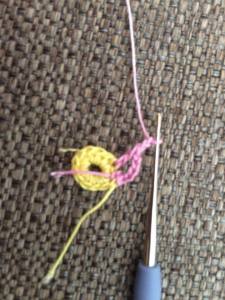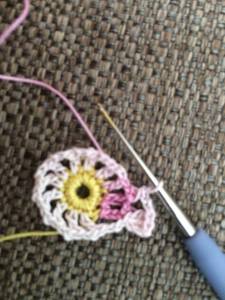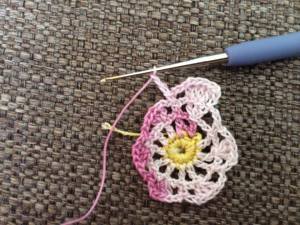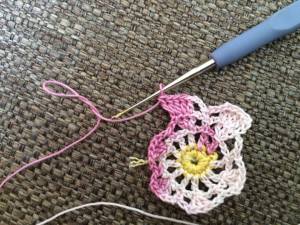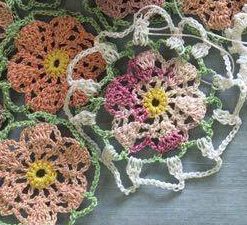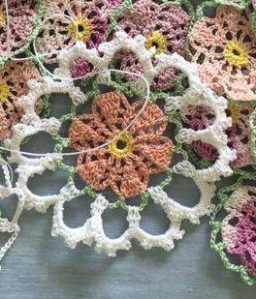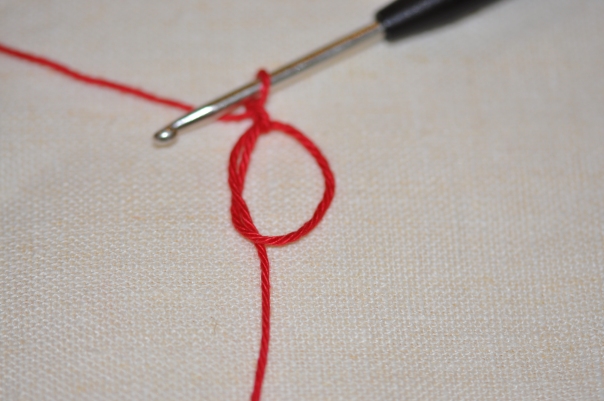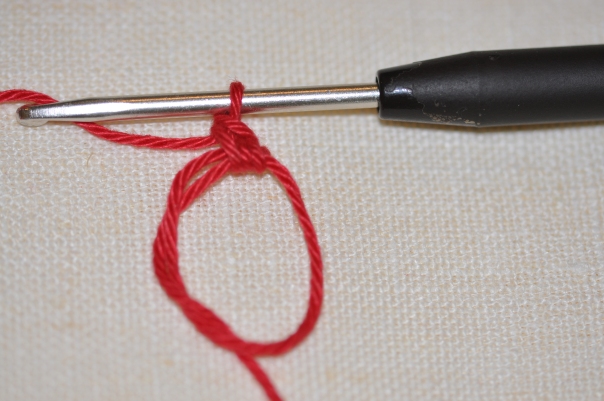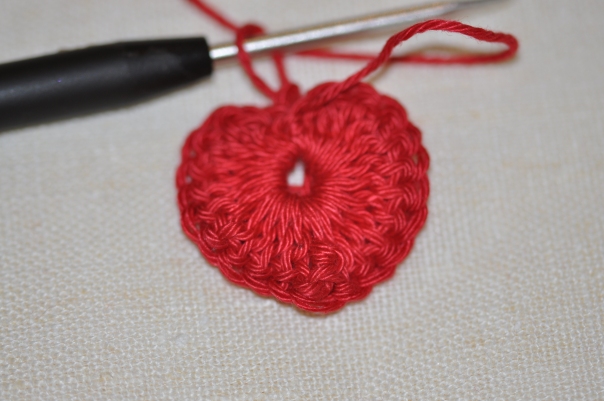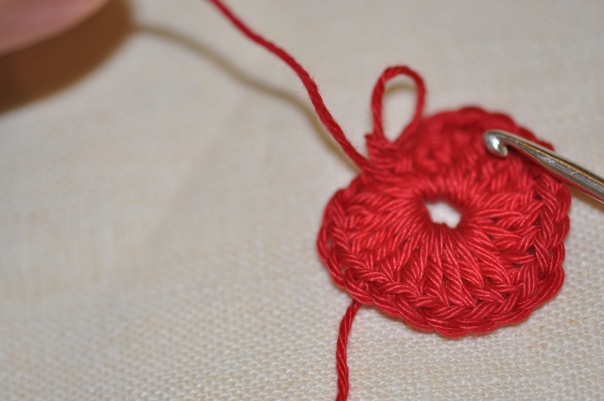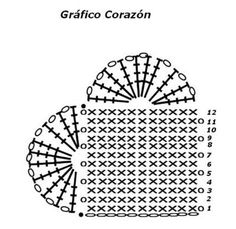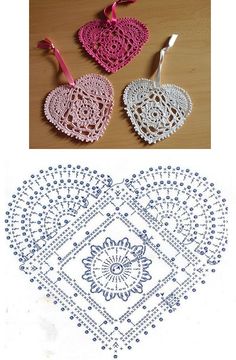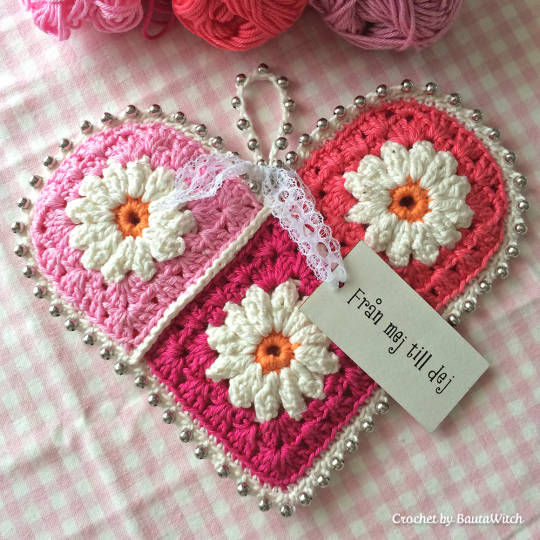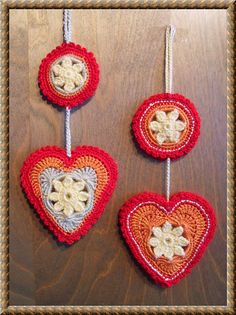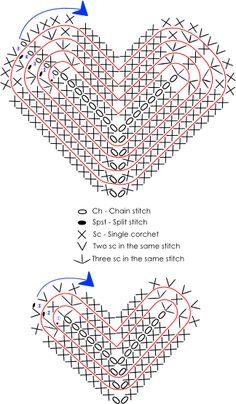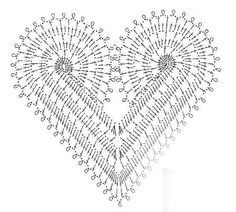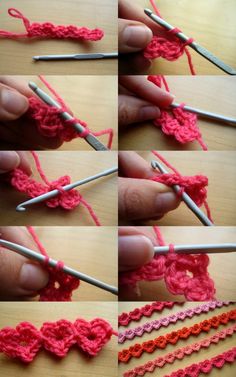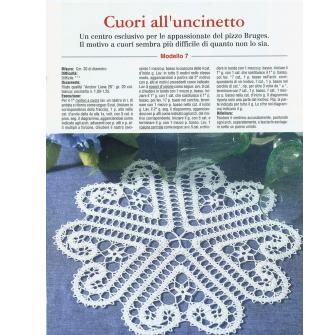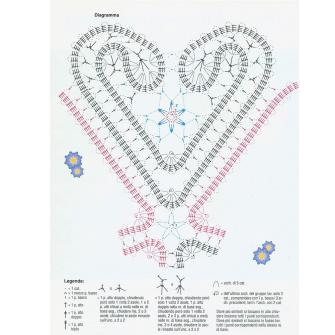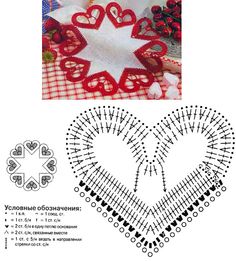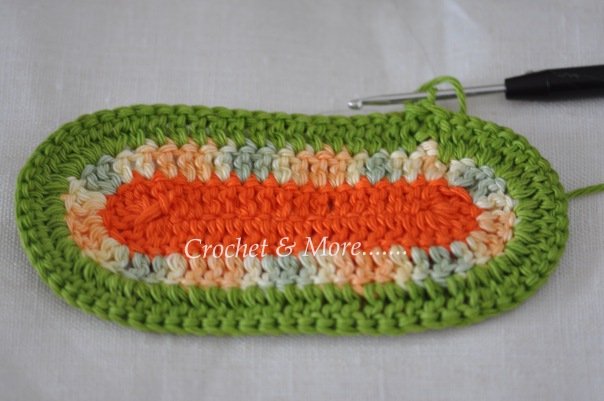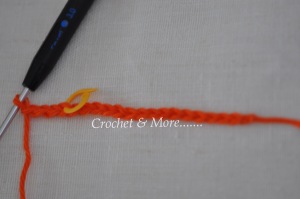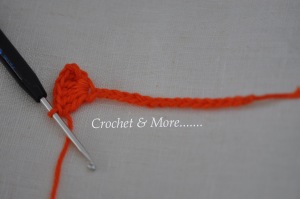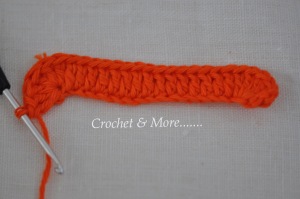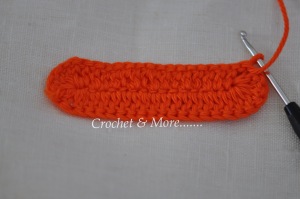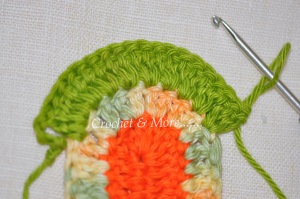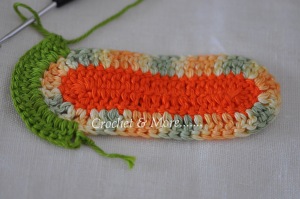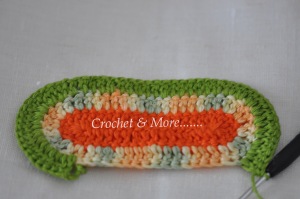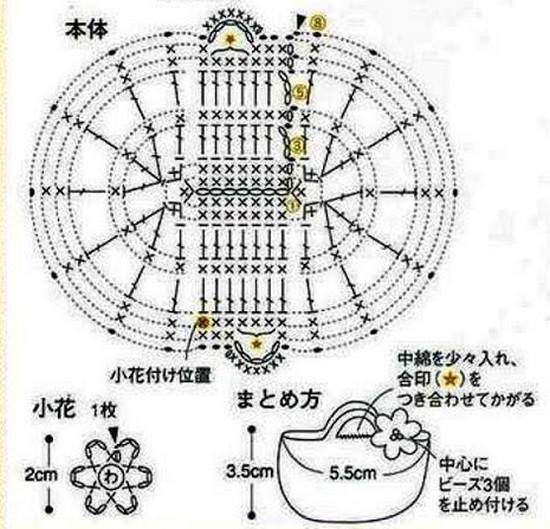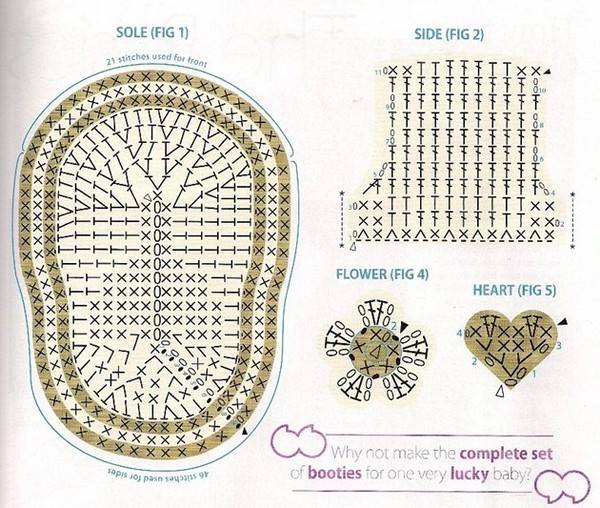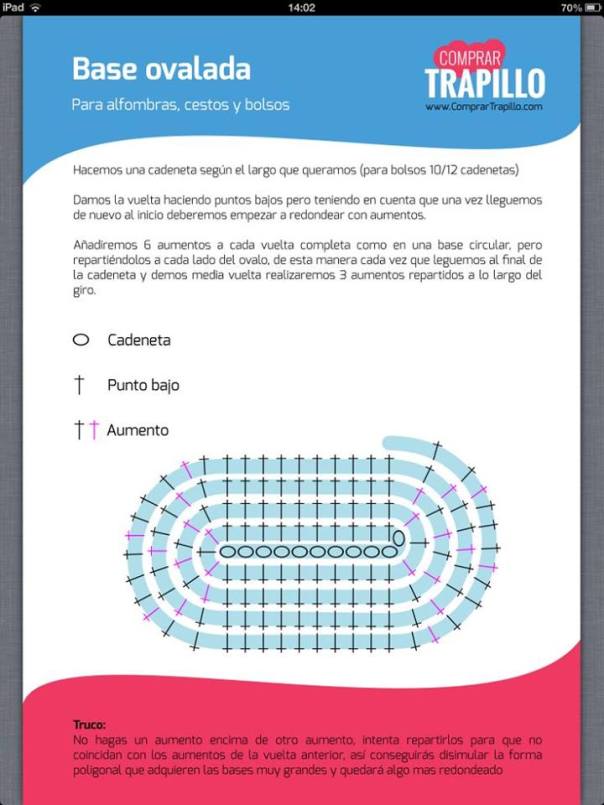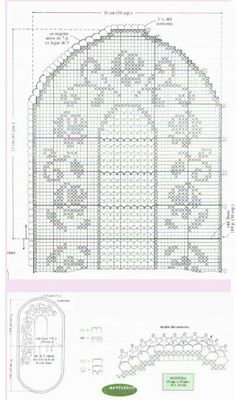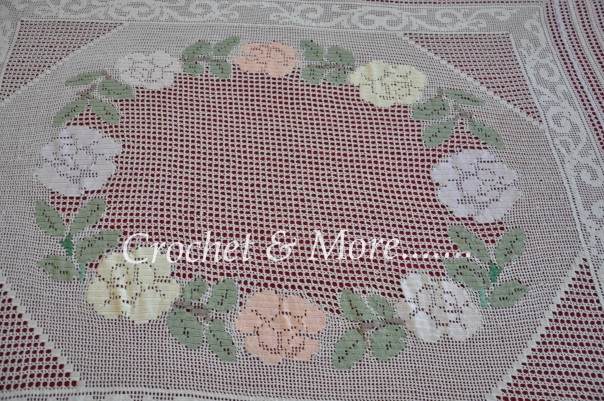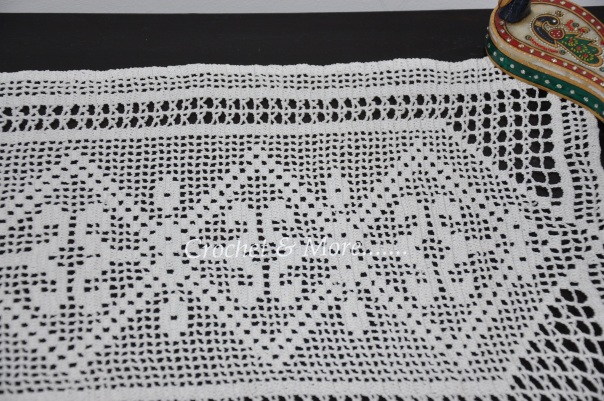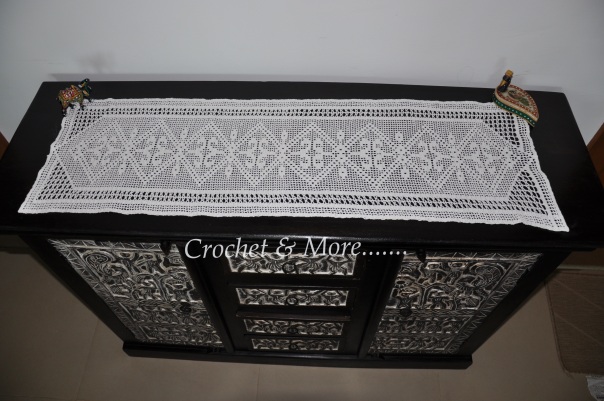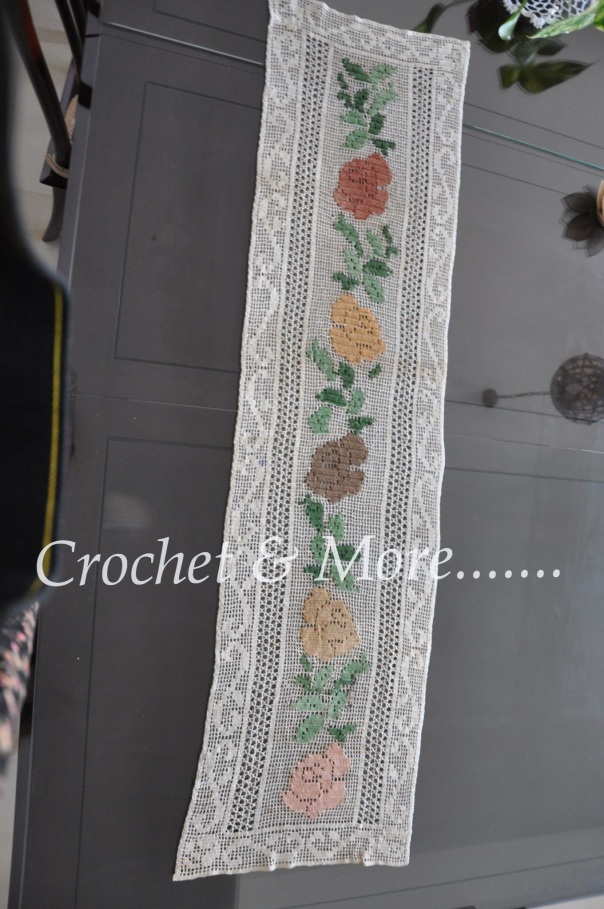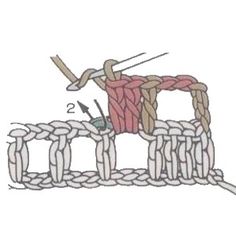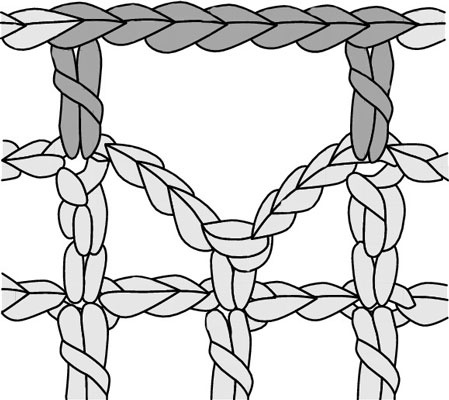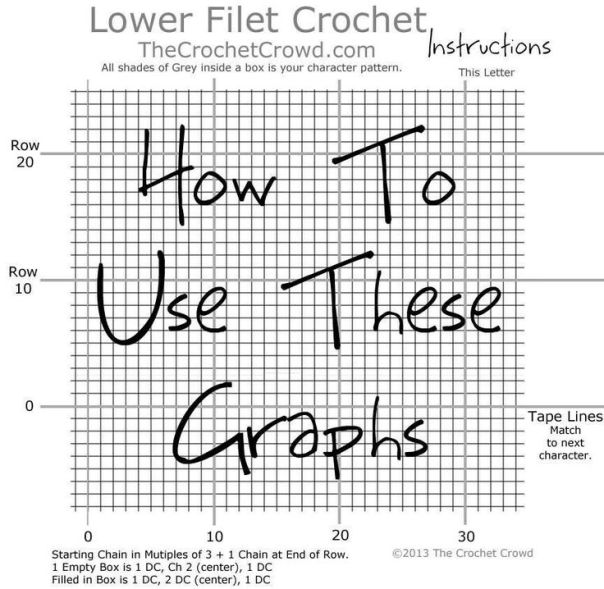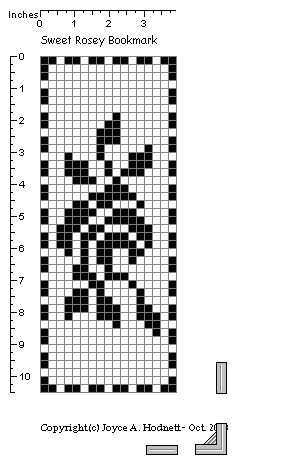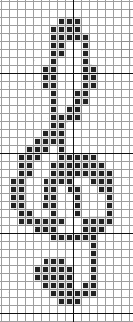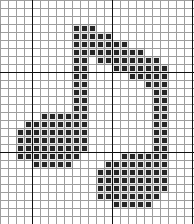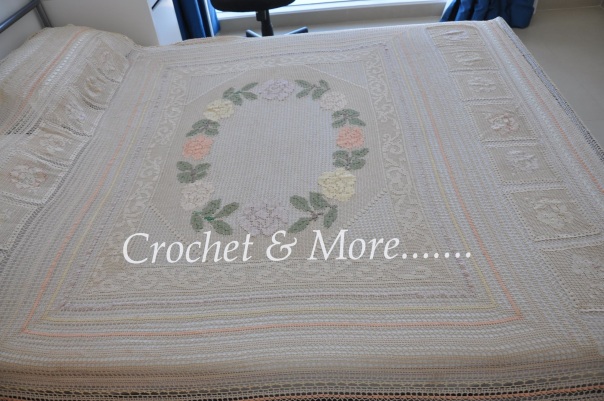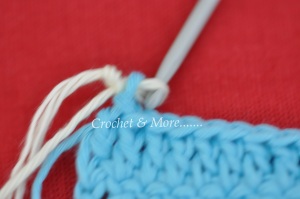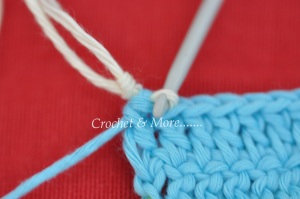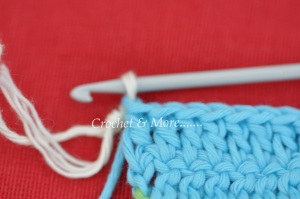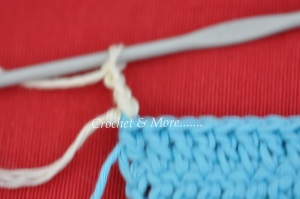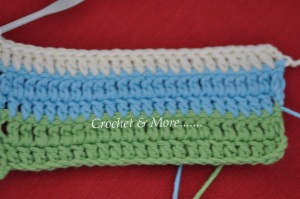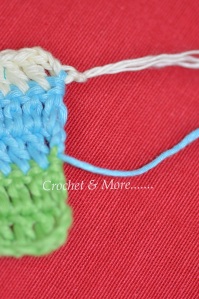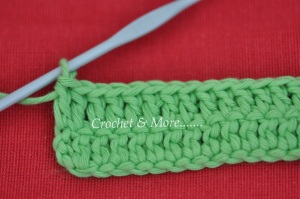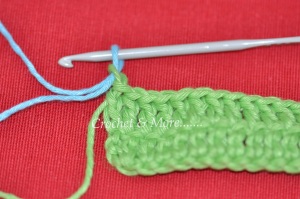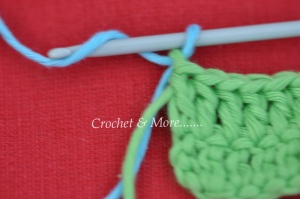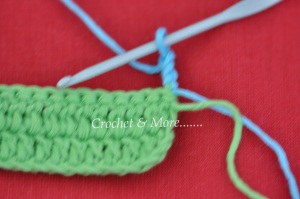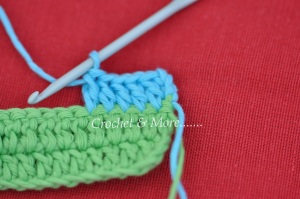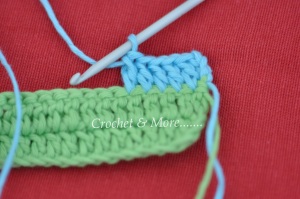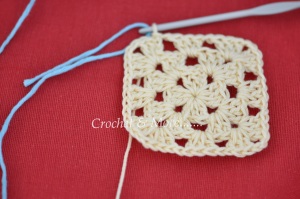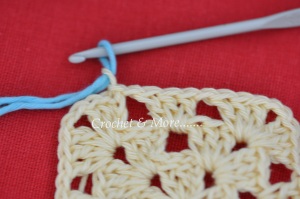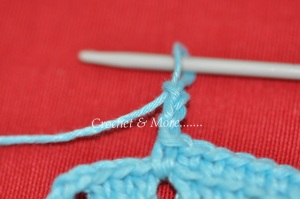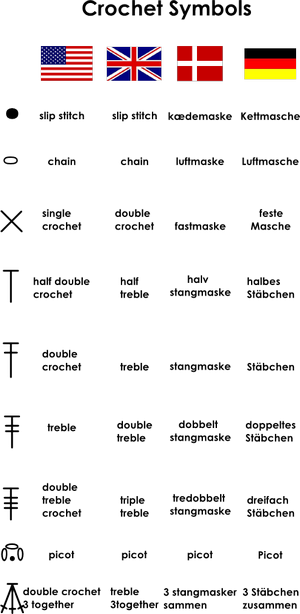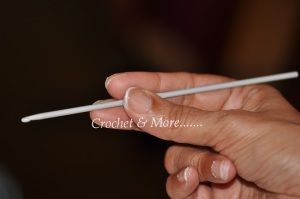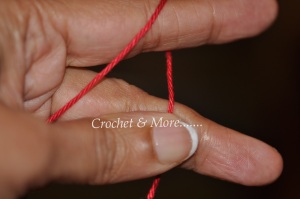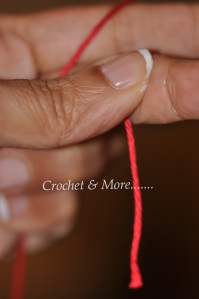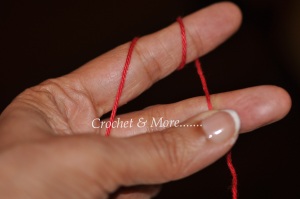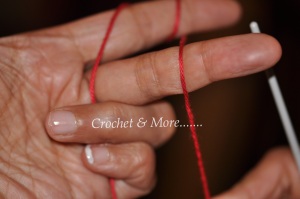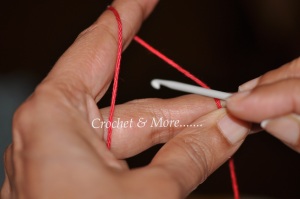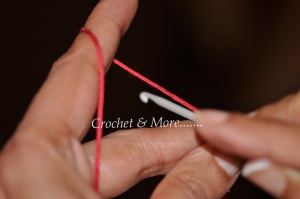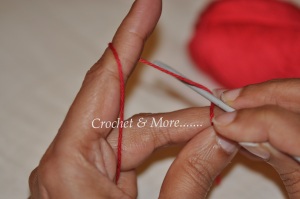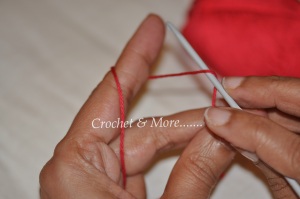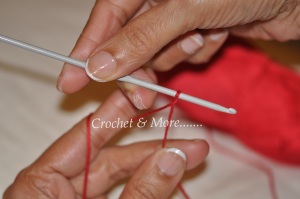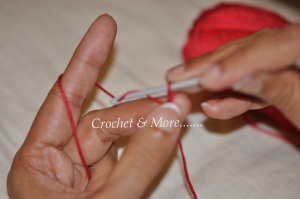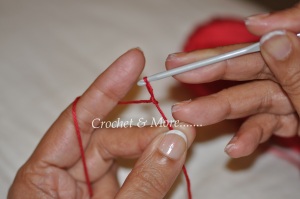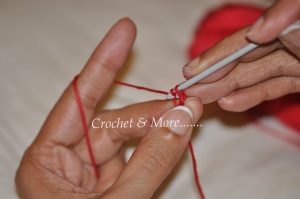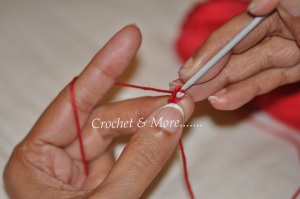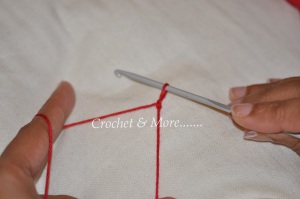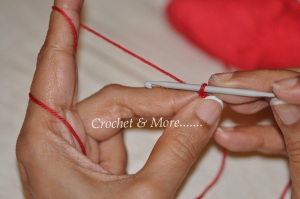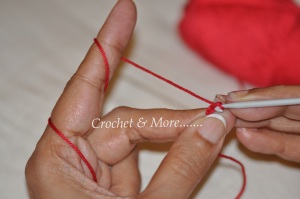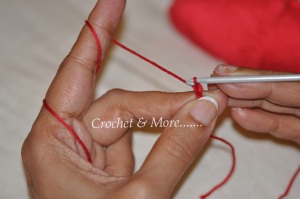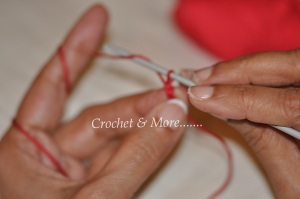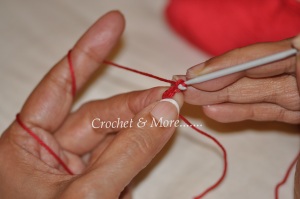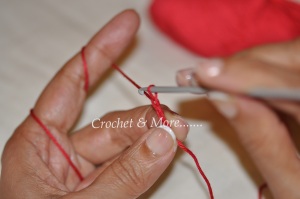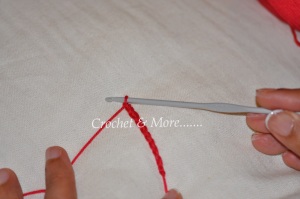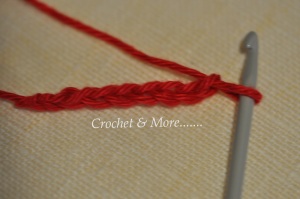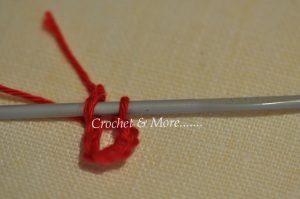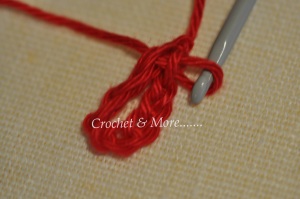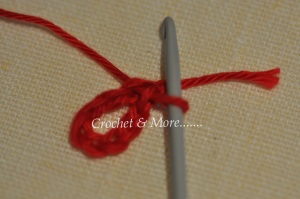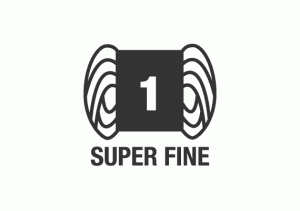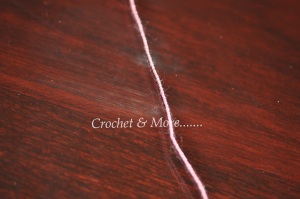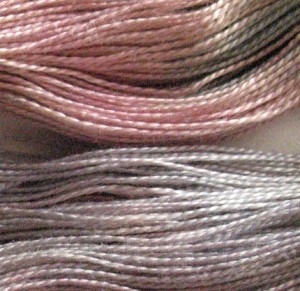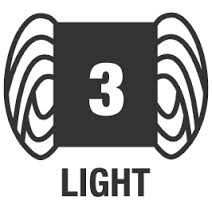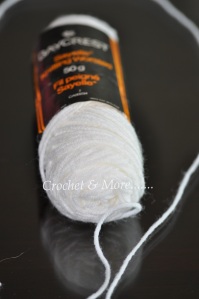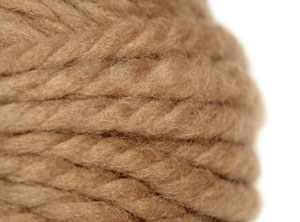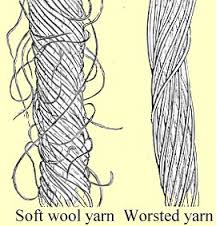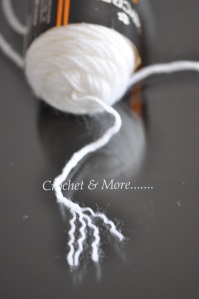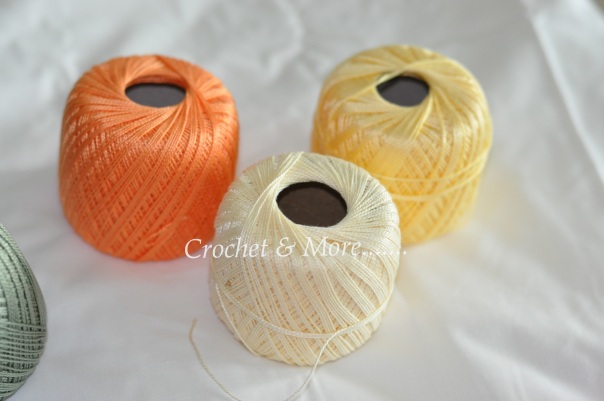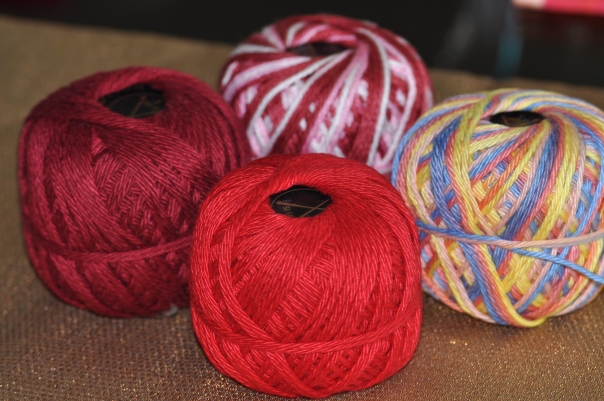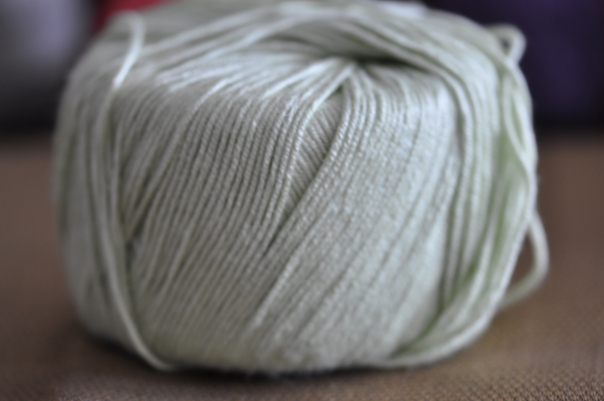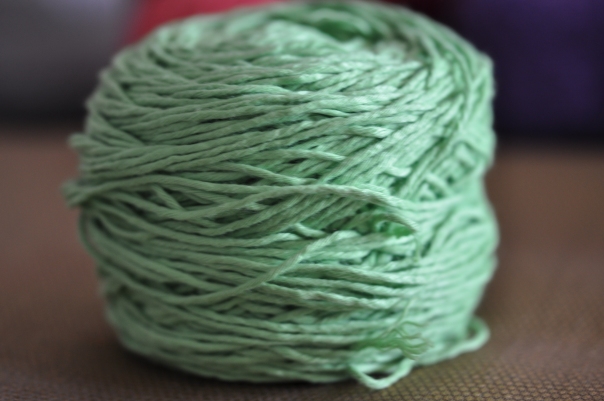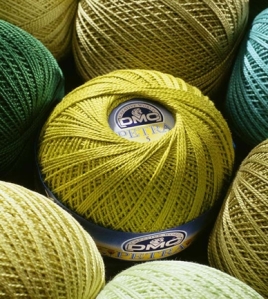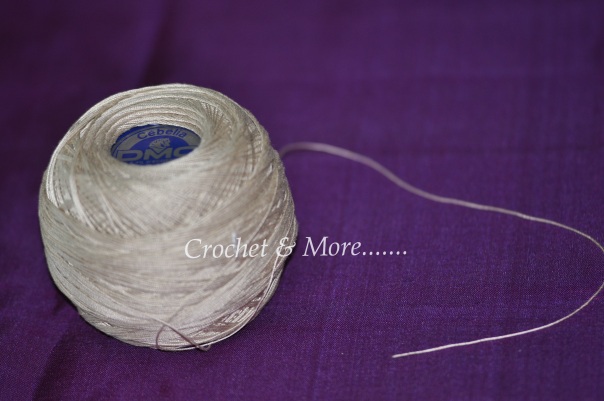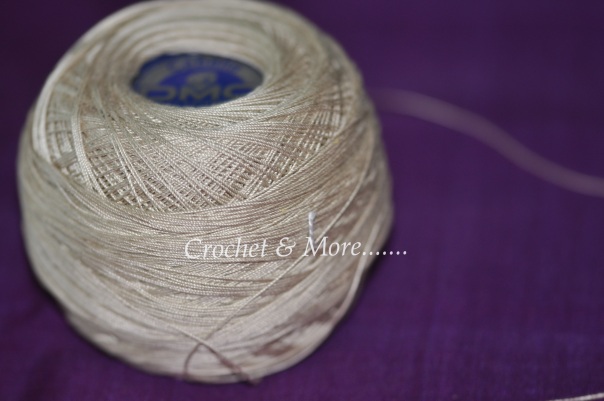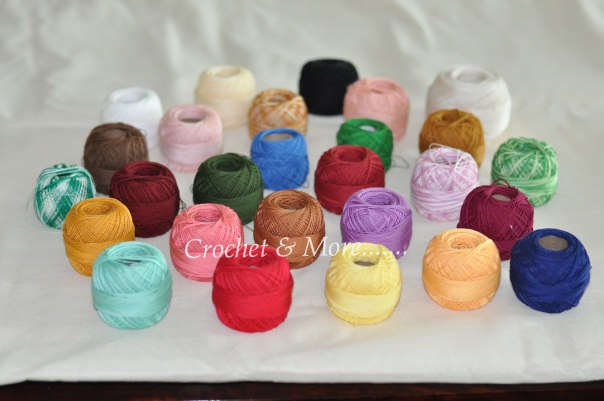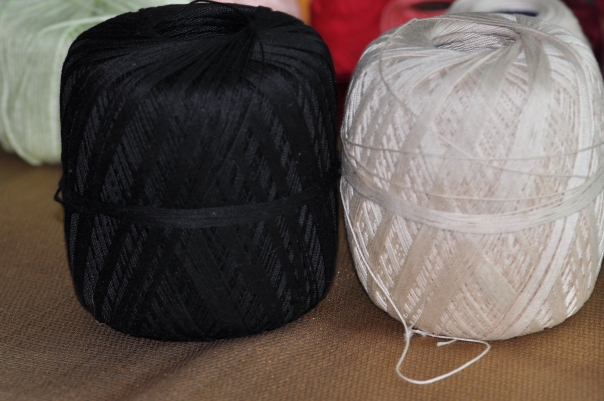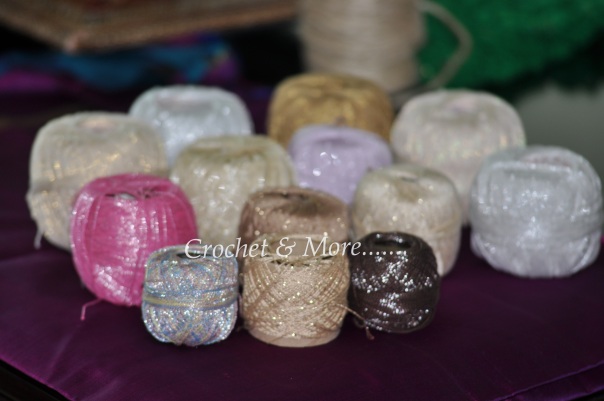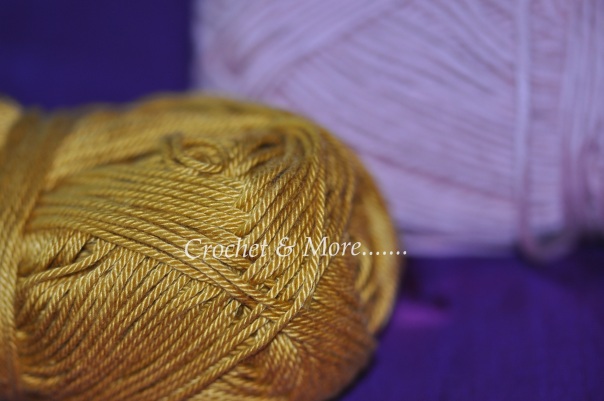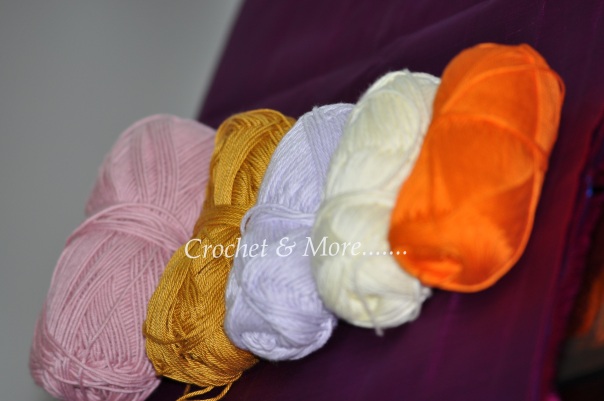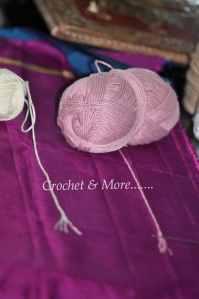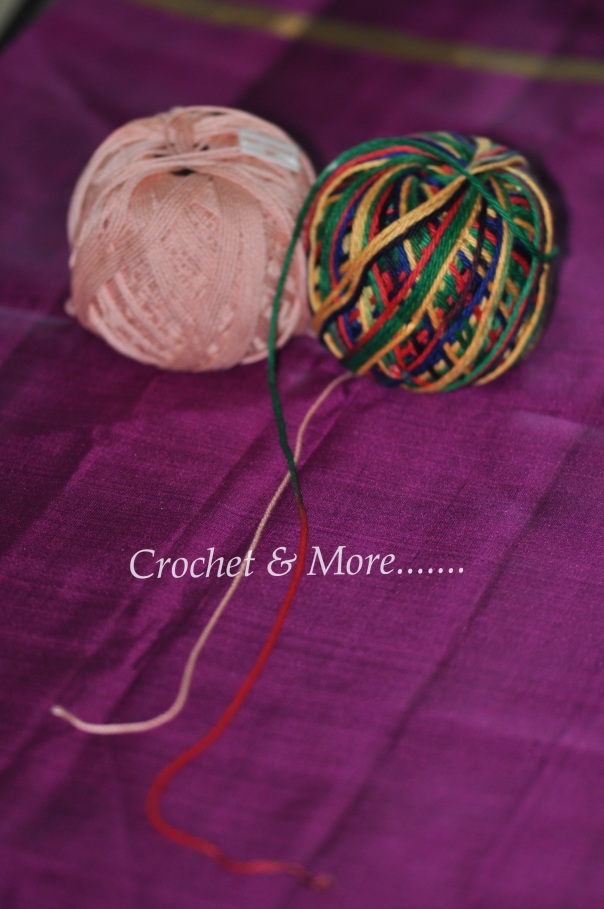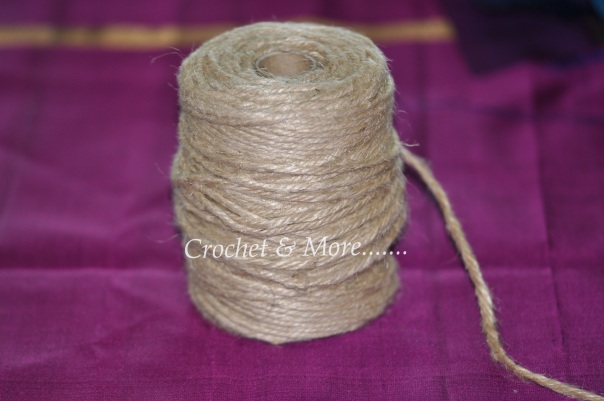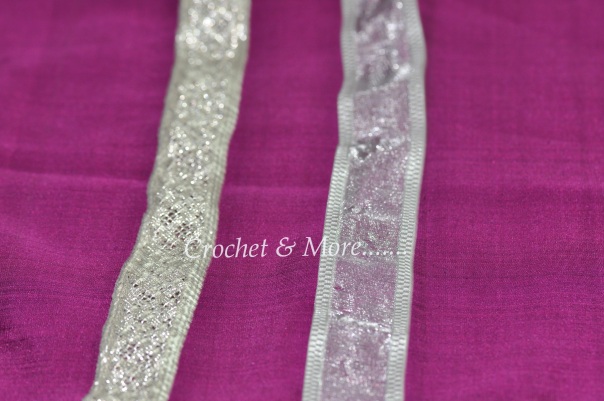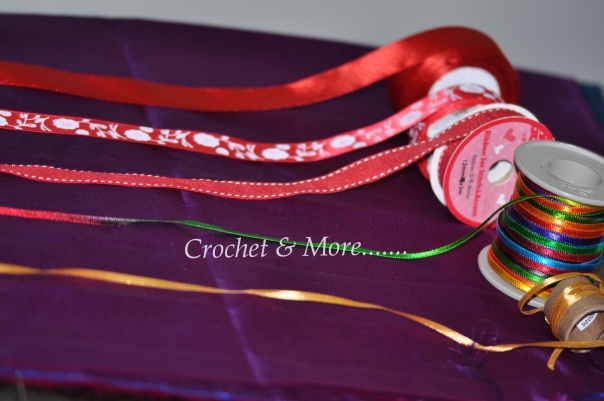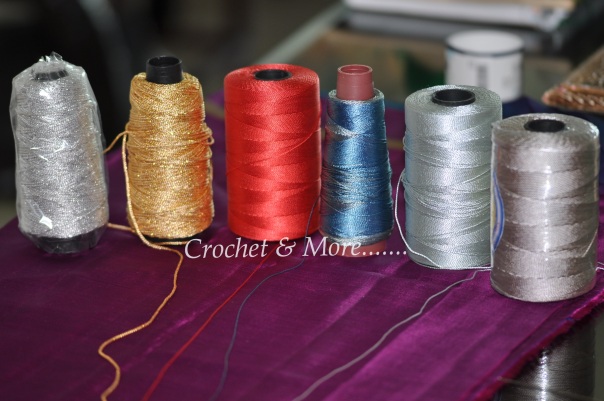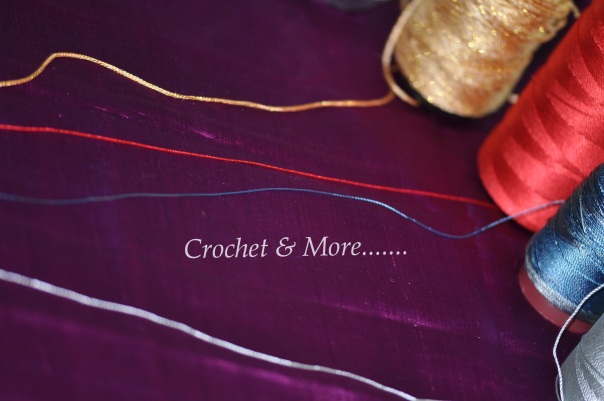Crochet Pyramid Bag
Introducing… The Pyramid Bag.. a long time Ago, I was thinking of making 3 triangular pouches from a pattern on the internet.. This was made by joining 2 Triangle crochet pieces together.. though I made 6 pieces .. 2 in each colour combo.. I got interested in other projects and this became another basket WIP….
Yesterday I pulled them out and made one simple traingular pouch.. but wanted to do something different with the rest.. so Lo behold … The Pyramid bag.. got 4 triangular pieces( I made 2 more for this one in the same combination) used old plastic table mats inside the lining of the bag to give shape and definition.. fixed a zipper, a wooden beaded handle and a base with wooden beads. When I posted ths in my group…..the response was tremendous….Some of the lovely gals there wanted me to create a CAL and share how I lined the bag to give it shape…
Though I am not going to make this purse again…I thought..I will write and by a small pic tutorial show how I did the lining.. .
Size Of the bag:
Is 16 cms in height and as this is an equilateral Triangle the width is 16cms.
Material Used:
Yarn:
Nature’s Cotton Yarn from Soft Feather
Hook Size:
3:00mm
Lining:
A plastic table mat , or thick canvas, or any material that is flexible, you can cut into shape..may be used beneath the lining.
Lining material approx half a metre…
Method:
Make 4 equilateral triangles ..that is 4 triangles where the 3 sides are of the same length. All the 4 triangle should be of the same size and shape( I say shape becos sometimes in corchet we have triangle patterns where the 3 points may be rounded). Whichever pattern you use…for the triangles….make sure the size used is the same for all 4.
Pattern:
I have written out the first 2 rounds for those who may find it difficult….
Pattern for a triangle
Make a magic circle
Round 1: Into the magic circle .. hook in 3 ch, 2dc; 2ch; 6dc; 2ch; 6dc; 2ch; 3dc; ss
Round 2:
3ch up, 4dc; 2ch; 10dc; 2ch; 10ch; 2ch; 5dc; ss
For those who find it difficult to read a crochet graph pls do check this link….
https://crochetnmore.wordpress.com/2014/08/11/how-to-read-a-crochet-pattern-1/
Lining:
After you hook in the 4 crochet triangles….you can accessorise it with beads/ribbons/tassels, sequences etc…or you can wait until all the pieces have been joined.
Cut out 4 triangles out of the plastic mat at a slightly smaller size than the triangles.
(The pic below is just an example and not in original size)
Then placing the lining material in front of you fold it into half(making sure the ‘right’ sides are facing each other)…place the plastic triangle on top of the material and then using a cloth marker pen or a pencil or fabric chalk….mark out an outline around the triangle.This first outline is the size we require…this is the outline we will stitch on. So let us call it outline A
Then measure half an inch from that outline and mark out an outline around the triangle half an inch away from the original outline. This second and most external outline is the one we will cut …so that now you have an excess of half an inch around the original triangle. We will call this B
Now cut along B and seperate this piece from the main material…you will now have 2 triangular fabric pieces of the same size.
(The pic below is just an example and not in original size)
Now stitch along 2 sides of outline A….keeping 2 triangle pieces together.
Then pull the triangle inside out…This is make the stitched part go inside and then place the plastic triangle inside and inbetween the triangular envelope that you have just created.
Then sew in the 3rd side and close it up.
Repeat with the other 3 triangles.
Now place each of fabric lined triangles on each of the crochet triangles and stitch it on to them. Thus you now have 4 lined crochet triangles.
Alternately you can also join all the 4 lined triangles to create a bag…Join all the crochet triangles seperately to create another bag. Then place the lined triangle bag inside the crochet triangle bag and sew the lined bag onto the crochet bag.
Joining the Triangles to form a Pyramid
Join all the four lined triangles by placing one triangle in the centre, and the other 3 facing each of the centre triangle’s sides. So that each side of the centre triangle should be aligned with that of each of the other triangles.
(The pic below is just an example and not in original size)
Join the sides of the triangle using single crochet(sc) but make sure that you leave one side unjoined. On this side you have 2 lips…….do half double crochet(hdc) along both the lips. This is your bag’s opening…..where you fix your zip.
Join the sides of the triangle using single crochet(sc) but make sure that you leave one side unjoined. On this side you have 2 lips…….do half double crochet(hdc) along both the lips. This is your bag’s opening…..where you fix your zip.
Sew the zip by first fixing both ends by pins to the lip opening corners of the purse. Once it is fixed….sew in the zip to the lip around the opening. Cut away the excess length of the zip.
You can see the zip below….
Below is how the bag looks from the top…an aerial view…. You can make any type of handle or get a ready made one….I made a handle out of wodden beads…..and then used smaller wooden beads around the base of the bag.
And there you go…..One lovely Pyramid Bag….You can really play with this…use a thinner thread and create a lacey effect…..ofcourse you will make to hook in a few more rounds…..crochet it in with beads, and tassels, use an i-cord or a beaded i-cord….Use can place the opening in a different manner….Perhaps you can open up an entire side and fix a long zip around the opening….There is just so much you can do with this pattern….Go where your creativity takes you and have a lot of fun with…Hugs!
































